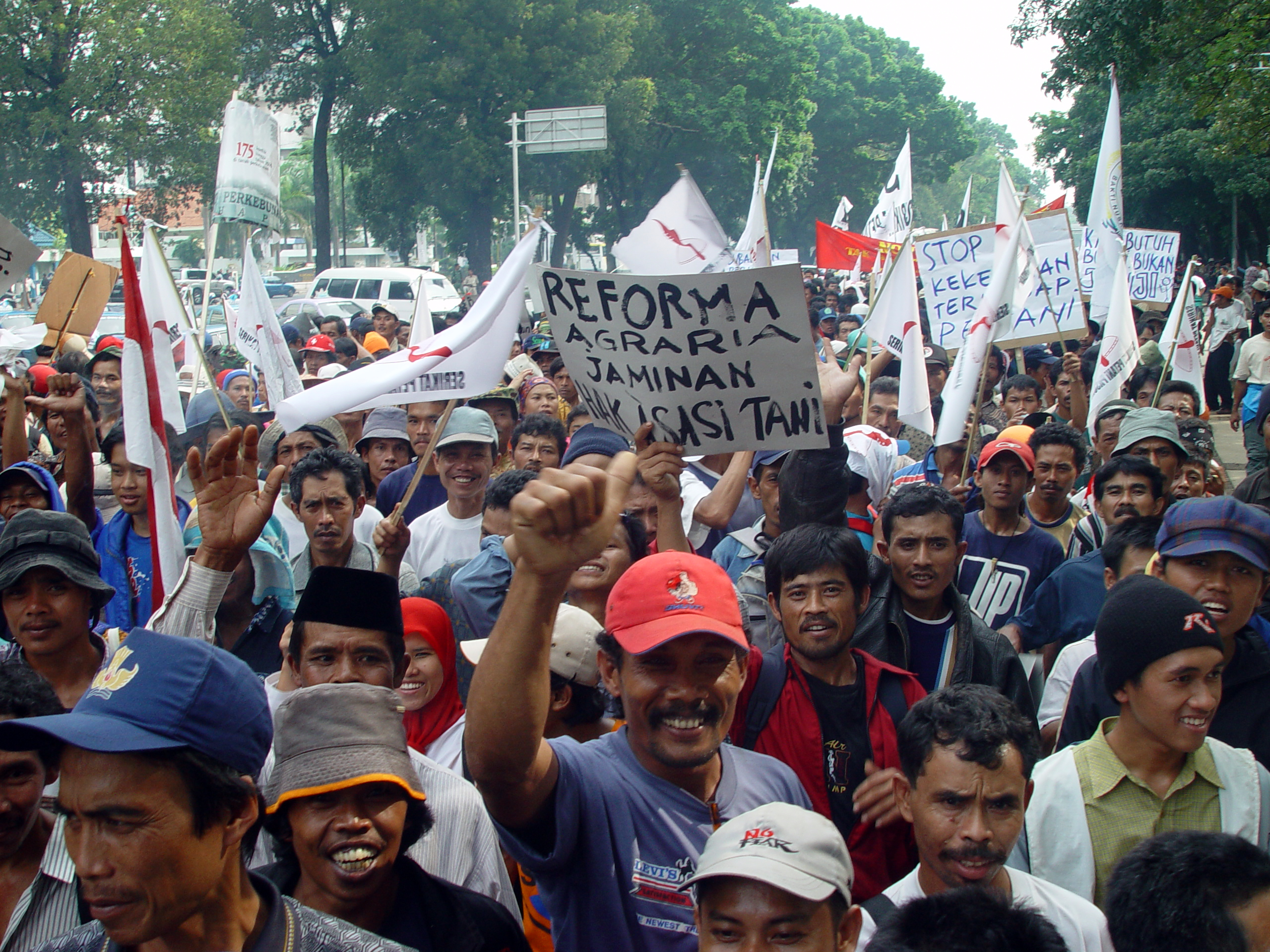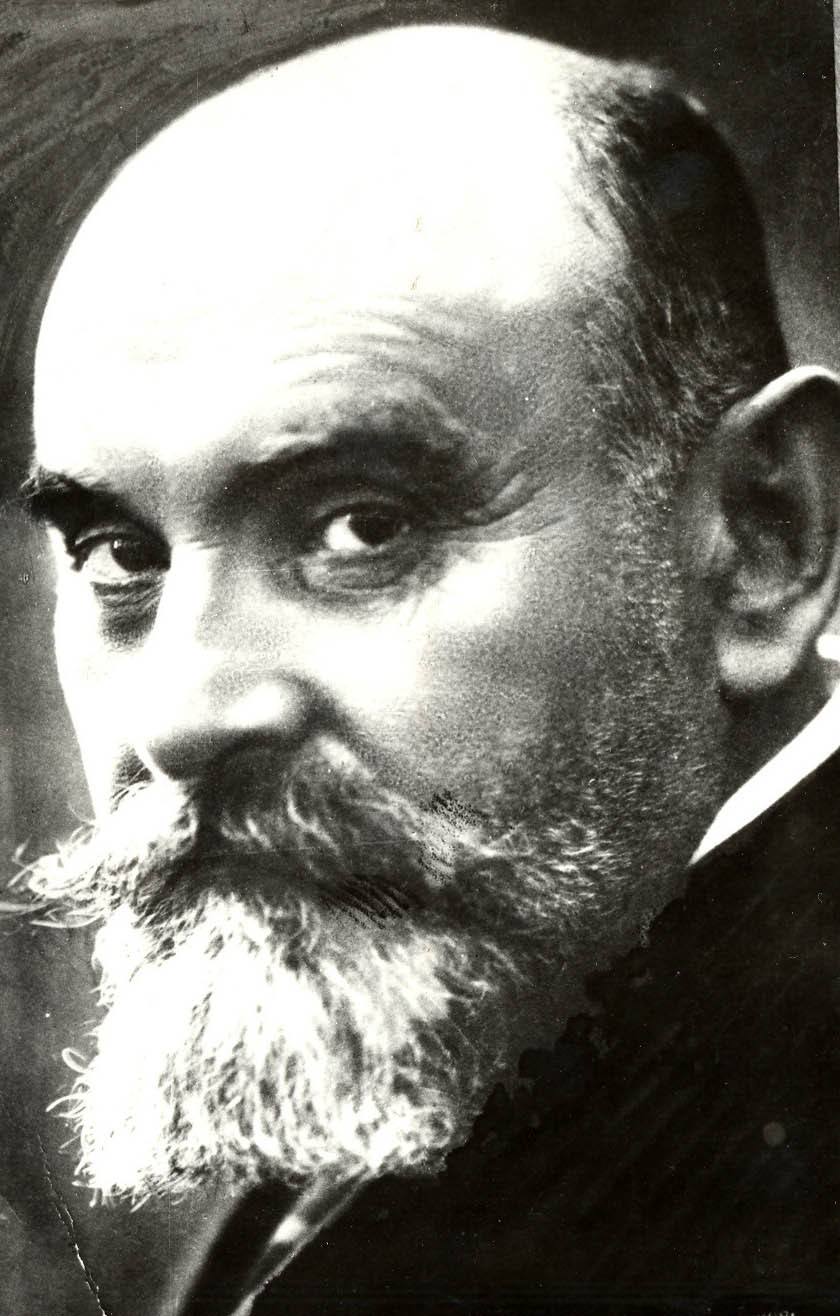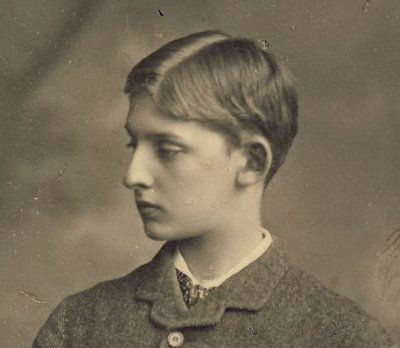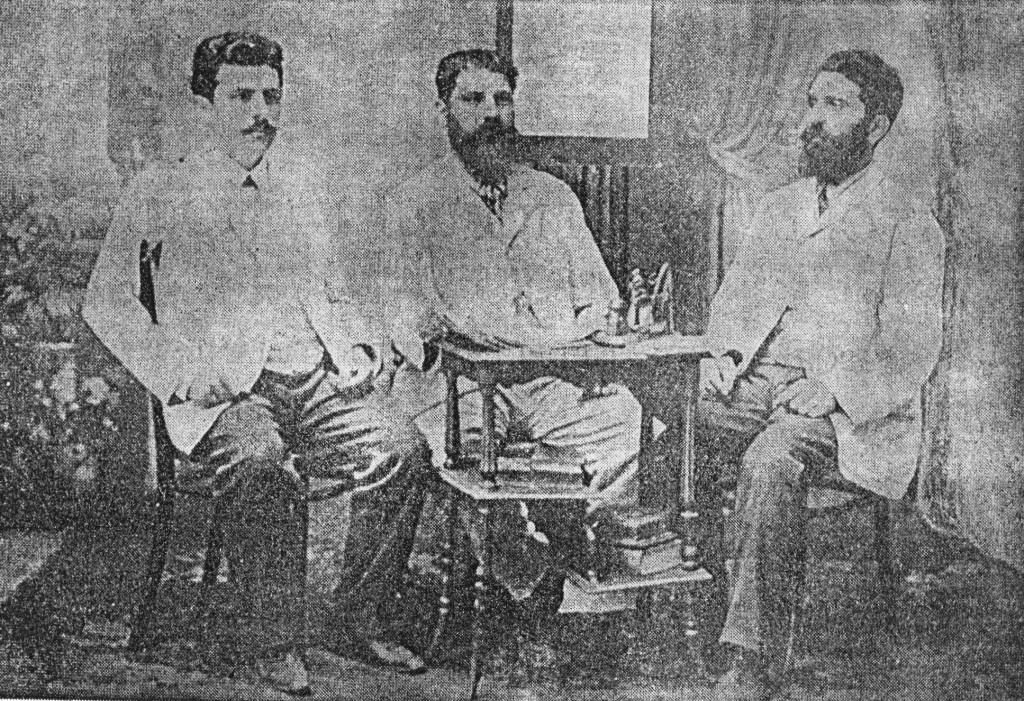|
Land Reform In Romania
Four major land reforms have taken place in Romania: in 1864, 1921, 1945 and 1991. The first sought to undo the feudal structure that had persisted after the unification of the Danubian Principalities in 1859; the second, more drastic reform, tried to resolve lingering peasant discontent and create social harmony after the upheaval of World War I and extensive territorial expansion; the third, imposed by a mainly Communist government, did away with the remaining influence of the landed aristocracy but was itself soon undone by collectivisation (considered by some as yet another land reform), which the fourth then unravelled, leading to almost universal private ownership of land today. 1864 reform The 1864 land reform was the first of its kind in Romania, taking place during the reign of Alexandru Ioan Cuza. It came on the heels of the secularization of monastery estates, achieved in December 1863 on Mihail Kogălniceanu's initiative and taking over a quarter of the country's area a ... [...More Info...] [...Related Items...] OR: [Wikipedia] [Google] [Baidu] |
Land Reform
Land reform is a form of agrarian reform involving the changing of laws, regulations, or customs regarding land ownership. Land reform may consist of a government-initiated or government-backed property redistribution, generally of agricultural land. Land reform can, therefore, refer to transfer of ownership from the more powerful to the less powerful, such as from a relatively small number of wealthy or noble owners with extensive land holdings (e.g., plantations, large ranches, or agribusiness plots) to individual ownership by those who work the land. Such transfers of ownership may be with or without compensation; compensation may vary from token amounts to the full value of the land. Land reform may also entail the transfer of land from individual ownership—even peasant ownership in smallholdings—to government-owned collective farms; it has also, in other times and places, referred to the exact opposite: division of government-owned collective farms into smallholdings. Th ... [...More Info...] [...Related Items...] OR: [Wikipedia] [Google] [Baidu] |
Constantin Dobrogeanu-Gherea
Constantin Dobrogeanu-Gherea (born Solomon Katz; 1855, village of Slavyanka near Yekaterinoslav (modern Dnipro), then in Imperial Russia – 1920, Bucharest) was a Romanian Marxist theorist, politician, sociologist, literary critic, and journalist. He was also an entrepreneur in the city of Ploiești. Constantin Dobrogeanu-Gherea was the father of communist activist Alexandru Dobrogeanu-Gherea and of philosopher Ionel Gherea. Biography Constantin Dobrogeanu-Gherea was born in Yekaterinoslav Governorate of the Russian Empire to Ukrainian Jewish Katz family. After studies at Kharkiv University (where he engaged in revolutionary politics), Dobrogeanu-Gherea fled persecution by the Okhrana and settled in Iași (1875). He was active in socialist politics, giving shape to the first centers of activism in Romania, and contributed to left-wing magazines such as ''Contemporanul''. The group centered on Dobrogeanu-Gherea became the most preeminent one to form the Romanian Social-D ... [...More Info...] [...Related Items...] OR: [Wikipedia] [Google] [Baidu] |
February Revolution
The February Revolution ( rus, Февра́льская револю́ция, r=Fevral'skaya revolyutsiya, p=fʲɪvˈralʲskəjə rʲɪvɐˈlʲutsɨjə), known in Soviet historiography as the February Bourgeois Democratic Revolution and sometimes as the March Revolution, was the first of two revolutions which took place in Russia in 1917. The main events of the revolution took place in and near Petrograd (present-day Saint Petersburg), the then-capital of Russia, where long-standing discontent with the monarchy erupted into mass protests against food rationing on 23 February Old Style (8 March New Style). Revolutionary activity lasted about eight days, involving mass demonstrations and violent armed clashes with police and gendarmes, the last loyal forces of the Russian monarchy. On 27 February O.S. (12 March N.S.) the forces of the capital's garrison sided with the revolutionaries. Three days later Tsar Nicholas II abdicated, ending Romanov dynastic rule and the Russian Empi ... [...More Info...] [...Related Items...] OR: [Wikipedia] [Google] [Baidu] |
Ferdinand I Of Romania
Ferdinand (Ferdinand Viktor Albert Meinrad; 24 August 1865 – 20 July 1927), nicknamed ''Întregitorul'' ("the Unifier"), was King of Romania from 1914 until his death in 1927. Ferdinand was the second son of Leopold, Prince of Hohenzollern and Infanta Antónia of Portugal, daughter of Ferdinand II of Portugal and Maria II of Portugal. His family was part of the Catholic branch of the Prussian royal family Hohenzollern. In 1889, Ferdinand became Crown Prince of the Kingdom of Romania, following the renunciation of his father (in 1880) and older brother, Wilhelm (in 1886), to the rights of succession to the royal crown of Romania. From the moment he settled in Romania, he continued his military career, gaining a series of honorary commands and being promoted to the rank of corps general. He married in 1893 Princess Maria Alexandra Victoria, later known as Queen Marie of Romania, granddaughter of Queen Victoria and Emperor Alexander II and daughter of Alfred, Duke of Saxe-Coburg ... [...More Info...] [...Related Items...] OR: [Wikipedia] [Google] [Baidu] |
King Of Romania
The King of Romania (Romanian: ''Regele României'') or King of the Romanians (Romanian: ''Regele Românilor''), was the title of the monarch of the Kingdom of Romania from 1881 until 1947, when the Romanian Workers' Party proclaimed the Romanian People's Republic following Michael I's forced abdication. History The state had been internationally recognized as a principality since 1862, after the creation of the United Principalities, a personal union between Moldavia and Wallachia, at that time vassal states of the Ottoman Empire. Alexander I became ''domnitor'' (ruling prince) after the official unification of the two formerly separate states, being elected prince of both states in 1859. He was deposed in 1866 by a broad coalition of the main political parties, after which parliament offered the throne to Prince Karl of Hohenzollern-Sigmaringen who subsequently became the new "Domnitor of Romania" (as Carol I). Romania's independence from the Ottoman Empire was recognized in ... [...More Info...] [...Related Items...] OR: [Wikipedia] [Google] [Baidu] |
World War I
World War I (28 July 1914 11 November 1918), often abbreviated as WWI, was one of the deadliest global conflicts in history. Belligerents included much of Europe, the Russian Empire, the United States, and the Ottoman Empire, with fighting occurring throughout Europe, the Middle East, Africa, the Pacific, and parts of Asia. An estimated 9 million soldiers were killed in combat, plus another 23 million wounded, while 5 million civilians died as a result of military action, hunger, and disease. Millions more died in genocides within the Ottoman Empire and in the 1918 influenza pandemic, which was exacerbated by the movement of combatants during the war. Prior to 1914, the European great powers were divided between the Triple Entente (comprising France, Russia, and Britain) and the Triple Alliance (containing Germany, Austria-Hungary, and Italy). Tensions in the Balkans came to a head on 28 June 1914, following the assassination of Archduke Franz Ferdin ... [...More Info...] [...Related Items...] OR: [Wikipedia] [Google] [Baidu] |
State University Of New York
The State University of New York (SUNY, , ) is a system of public colleges and universities in the State of New York. It is one of the largest comprehensive system of universities, colleges, and community colleges in the United States. Led by chancellor John B. King, the SUNY system has 91,182 employees, including 32,496 faculty members, and some 7,660 degree and certificate programs overall and a $13.08 billion budget. Its flagship universities are Stony Brook University and the University at Buffalo. SUNY's administrative offices are in Albany, the state's capital, with satellite offices in Manhattan and Washington, D.C. With 25,000 acres of land, SUNY's largest campus is SUNY College of Environmental Science and Forestry, which neighbors the State University of New York Upstate Medical University - the largest employer in the SUNY system with over 10,959 employees. The State University of New York was established in 1948 by Governor Thomas E. Dewey, through legislative ... [...More Info...] [...Related Items...] OR: [Wikipedia] [Google] [Baidu] |
Routledge
Routledge () is a British multinational publisher. It was founded in 1836 by George Routledge, and specialises in providing academic books, journals and online resources in the fields of the humanities, behavioural science, education, law, and social science. The company publishes approximately 1,800 journals and 5,000 new books each year and their backlist encompasses over 70,000 titles. Routledge is claimed to be the largest global academic publisher within humanities and social sciences. In 1998, Routledge became a subdivision and imprint of its former rival, Taylor & Francis Group (T&F), as a result of a £90-million acquisition deal from Cinven, a venture capital group which had purchased it two years previously for £25 million. Following the merger of Informa and T&F in 2004, Routledge became a publishing unit and major imprint within the Informa "academic publishing" division. Routledge is headquartered in the main T&F office in Milton Park, Abingdon, Oxfordshire and ... [...More Info...] [...Related Items...] OR: [Wikipedia] [Google] [Baidu] |
Constantin Stere
Constantin G. Stere or Constantin Sterea (Romanian; russian: Константин Егорович Стере, ''Konstantin Yegorovich Stere'' or Константин Георгиевич Стере, ''Konstantin Georgiyevich Stere''; also known under his pen name ''Șărcăleanu''; June 1, 1865 – June 26, 1936) was a Romanian writer, jurist, politician, ideologue of the '' Poporanist'' trend, and, in March 1906, co-founder (together with Garabet Ibrăileanu and Paul Bujor — the latter was afterwards replaced by the physician Ioan Cantacuzino) of the literary magazine ''Viața Românească''. One of the central figures of the Bessarabian intelligentsia at the time, Stere was a key actor during the Union of Bessarabia with Romania in 1918, and is associated with its legacy. Constantin Stere was professor of Administrative and Constitutional law at the University of Iaşi, serving as its rector between 1913 and 1916. He is also remembered for his partly autobiographical ... [...More Info...] [...Related Items...] OR: [Wikipedia] [Google] [Baidu] |
Poporanism
Poporanism is a Romanian version of nationalism and populism. The word is derived from ''popor'', meaning "people" in Romanian. Founded by Constantin Stere in the early 1890s, Poporanism is distinguished by its opposition to socialism, promotion of voting rights for all and its intent to reform the Parliament and the farming system. Regarding Romania's agrarian situation, Poporanists wished to form co-operative farms for the peasants and to remove them from aristocratic control. Unlike Junimism, another popular political philosophy, Poporanism focused mainly on expanding the power of the peasants. In a very nationalist manner, it was also a champion of the Romanian language and of maintaining the Romanian spirit. Several famous Romanians, including Ion Agârbiceanu, supported it. Narodism and Constantin Dobrogeanu-Gherea Constantin Dobrogeanu-Gherea, a Romanian political activist, first introduced the Russian ideas of Narodism to Romania and supported the ideas of Poporanism. T ... [...More Info...] [...Related Items...] OR: [Wikipedia] [Google] [Baidu] |
Bulgaria
Bulgaria (; bg, България, Bǎlgariya), officially the Republic of Bulgaria,, ) is a country in Southeast Europe. It is situated on the eastern flank of the Balkans, and is bordered by Romania to the north, Serbia and North Macedonia to the west, Greece and Turkey to the south, and the Black Sea to the east. Bulgaria covers a territory of , and is the sixteenth-largest country in Europe. Sofia is the nation's capital and largest city; other major cities are Plovdiv, Varna and Burgas. One of the earliest societies in the lands of modern-day Bulgaria was the Neolithic Karanovo culture, which dates back to 6,500 BC. In the 6th to 3rd century BC the region was a battleground for ancient Thracians, Persians, Celts and Macedonians; stability came when the Roman Empire conquered the region in AD 45. After the Roman state splintered, tribal invasions in the region resumed. Around the 6th century, these territories were settled by the early Slavs. The Bulgars, led by Asp ... [...More Info...] [...Related Items...] OR: [Wikipedia] [Google] [Baidu] |




